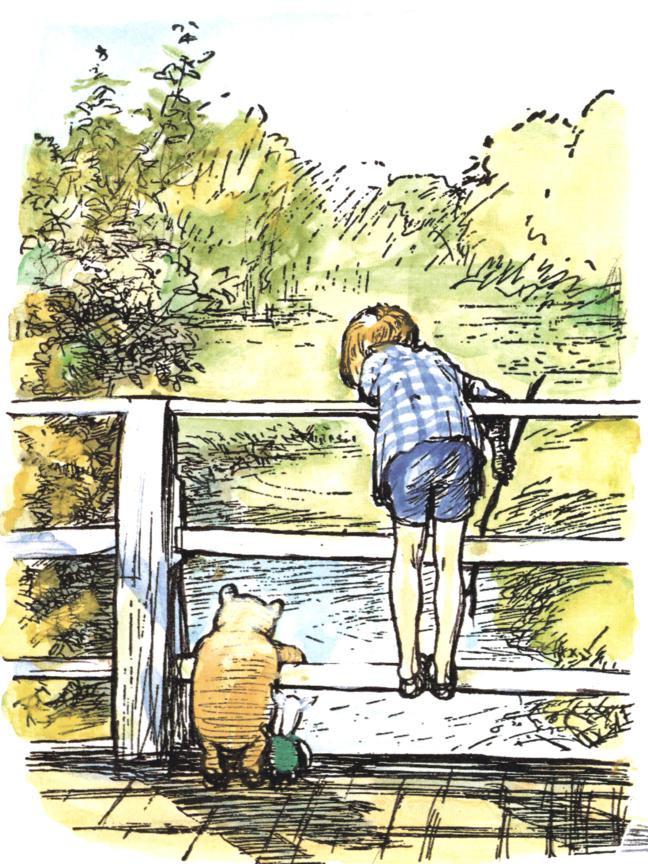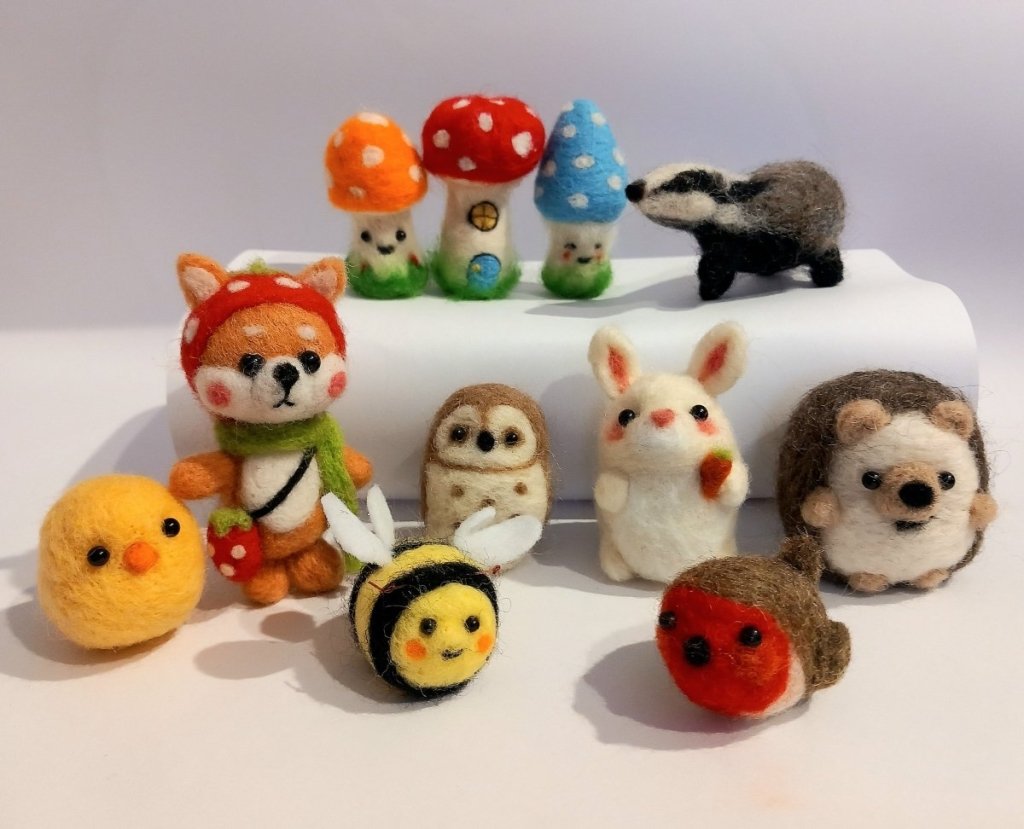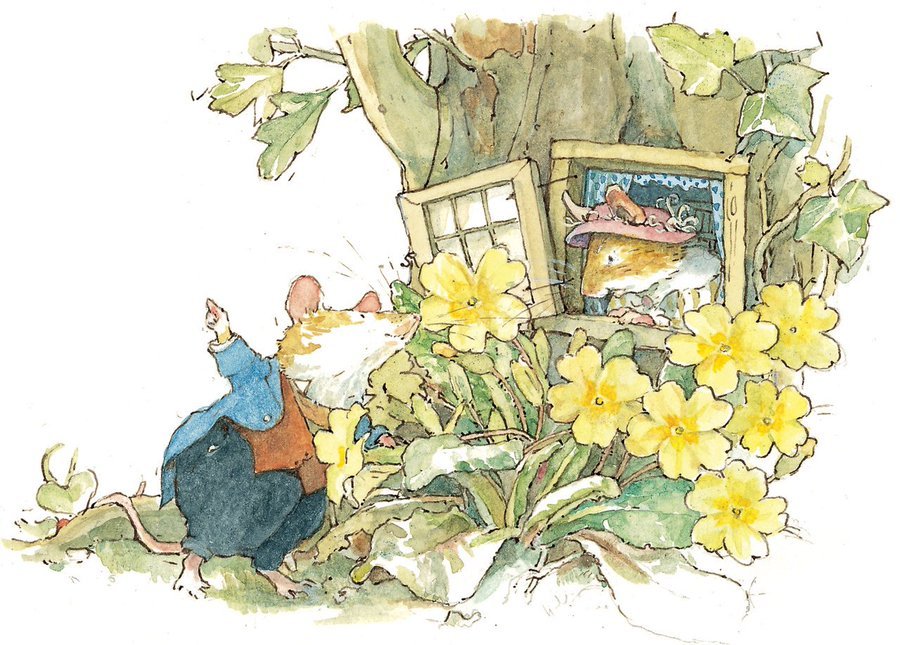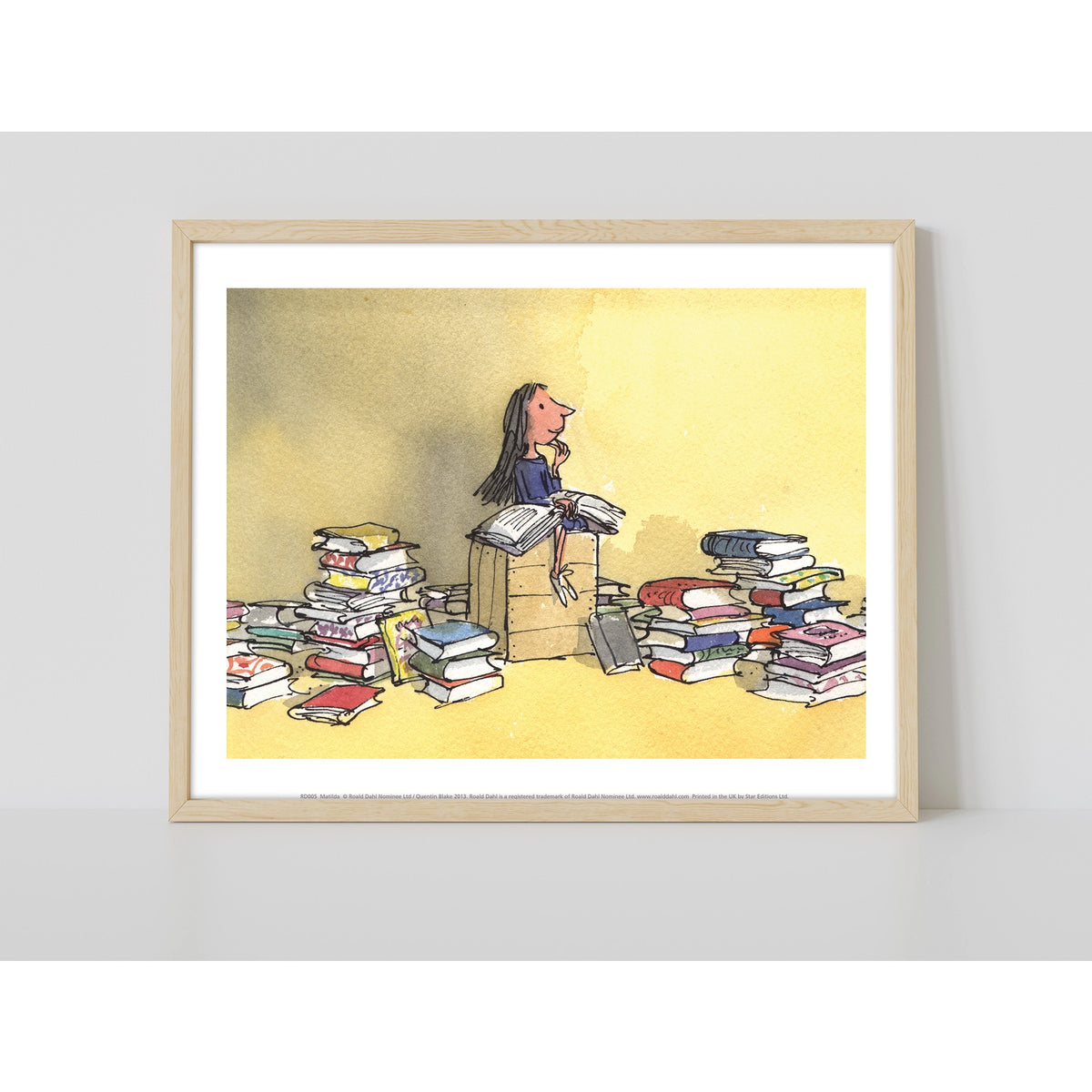Seven Things You Didn't Know About Winnie-the-Pooh

A.A. Milne's wonderful stories and poems about the bumbling bear Winnie-the-Pooh are loved the world over. With the release of the new film Goodbye Christopher Robin and an upcoming Pooh exhibition in London this winter, there is more focus than ever on the true stories behind the bear. Most people know that Christopher Robin, the small boy in the books, is based on the author's son, and that the stories take inspiration from his childhood. But did you know where exactly the name Winnie came from, or who the books' illustrator E.H. Shepard based Pooh's appearance on? Here are six facts about Winnie-the-Pooh that even the hardcore fans might not have known.
Winnie-the-Pooh was named after an actual bear, who was named for Winnipeg in Canada
In 1914 a military vet called Harry Colebourn was heading into World War One to look after the Canadian regiments horses. When the train stopped for a break, he spotted a trapper on a station platform with a baby bear cub by his feet. Colebourn impulsively paid for the bear, and took her on the train to the soldiers’ camp! He named the bear Winnipeg, which was shortened to Winnie, and she became a mascot for the Second Canadian Infantry Brigade. Harry Colebourn’s great granddaughter wrote a picture book telling the story of Winnie the real life bear, called Finding Winnie.

You can buy this book in our online store, here.
Christopher Robin met Winnie the bear at London Zoo
When Winnie’s Brigade shipped out to England for training, Colebourn brought the bear all the way over with them on the ship. But when orders came to fight in France, he knew that Winnie couldn’t stay by his side any longer. He drove her to London, where he handed her over to London Zoo. Later, when A.A. Milne brought Christopher Robin to the zoo, the little boy was immediately enchanted by the bear. He would even be let into her enclosure to feed and play with her! As for the "Pooh" part of the name, that came from a nickname Christopher Robin gave to a swan he befriended.

Christopher Robin and Winnie the bear in London Zoo
The first Christopher Robin books were actually books of poetry, and the Hundred Acre Wood came after
A.A. Milne’s first books for children were When We Were Very Young and Now We Are Six, which are books of poems. Milne had previously been a journalist and editor but had wanted to move into novels for some time. He was moved to write the poem "Vespers" after seeing Christopher Robin saying his prayers.

This poem was well received and Milne decided to write a full book of children’s poetry. It wasn’t until these books of verse proved wildly popular,(When We Were Very Young sold out of its first print run on publication day!) , that his publisher suggested he start writing stories for children too.
Christopher Robin’s real toys inspired the Winnie-the-Pooh books
The characters Pooh, Piglet, Tigger, Eeyore, Kanga and Roo were all based on Christopher Robin’s real life teddies. The same teddies now reside in New York public library, where they can be viewed by the public. All except Roo, who was tragically lost in the 1920s and has never made contact with home. Kanga must be heartbroken…

Owl and Rabbit are the only characters who are meant to be real, as they’re based on the animals found in forests around A.A. Milne’s home.
A.A. Milne rejected E.H. Shepards illustrations at first
When a publisher first suggested E.H. Shepard as an illustrator for his children’s story-books, A.A. Milne was very sceptical. Shepard was known for his drawings in magazines such as Punch, and Milne described him as “perfectly hopeless”! Thankfully, he was convinced to try using Shepard's illustrations for his first poetry book. When it was a rave hit, he realised that Shepard was the perfect fit for Winnie-the-Pooh.
In an unusual move for the time, Milne even arranged that Shepard should be paid part of the Winnie-the-Pooh books’ royalties, rather than a flat rate for his illustration work. The split was arranged at 80/20.
E.H. Shepard modelled Pooh on his son Graham’s teddy bear, not Christopher Robin’s
While still working on early drafts of Winnie-the-Pooh, the pair decided that initial sketches based on Christopher Robin’s teddy looked too gruff, and not cuddly enough for the whimsical character that Milne had written. So Shepard instead looked to his son Graham’s teddy bear, Growler, and drew a bear with a big round tummy and quizzical expression that was the perfect match for Pooh. The illustrator’s depiction of Christopher Robin was also an amalgamation of the boy himself and his own son.


E.H. Shepard's initial sketches of Christopher Robin's teddy (left) and Graham's teddy (right). © EH Shepard/The Shepard Trust, via The Guardian
A huge, real life game of Poohsticks takes place in England every summer
In The House at Pooh Corner, Poohsticks is a game that Winnie-the-Pooh invents by accident when he drops a pine cone into the river from a bridge. The object of the game is to drop two sticks into a river from one side of a bridge, and then watch to see which one comes out first on the other side. A.A. Milne and Christopher Robin played this game in real life, at a bridge in Ashdown forest which now attracts masses of visitors and has been officially renamed Poohsticks Bridge.
In 1984 a lock-keeper of the river Thames saw an opportunity to create a fundraiser around the game of Poohsticks, and the World Poohsticks Championships has been running annually ever since. The event is now held in Witney, Oxfordshire, and has raised tens of thousands of pounds for the RNLI.
Find all of the Winnie-the-Pooh books, with E.H. Shepard's original illustrations, here. And if you love E.H. Shepard's illustrations as much as we do, view our collection of his prints.







This is a lovely post! Just went to the cinema yesterday and loved loved the film!